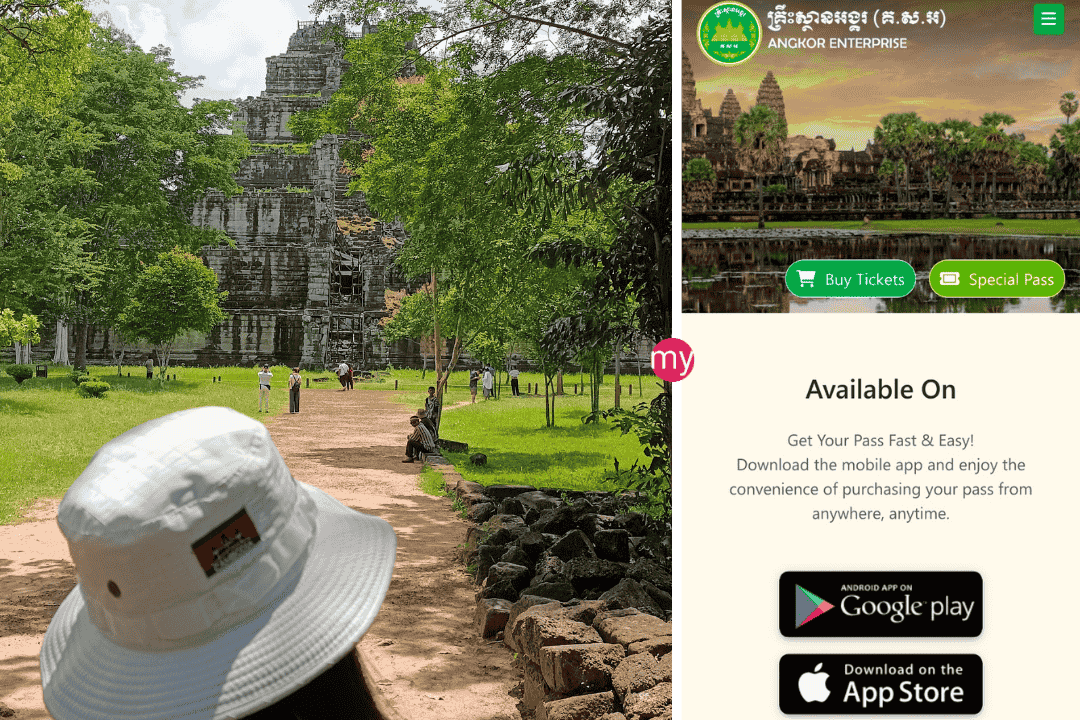Exploring the Mystical 'River of a Thousand Lingas', with Banteay Srei, Ta Prohm and Pre Rup Temples
Have you ever wondered what it would be like to step back in time and witness the awe-inspiring legacy of an ancient civilization?
Imagine a place where sacred rivers flow over countless stone carvings, where intricate temples emerge from the jungle, and where every step reveals a new wonder of human creativity and devotion.
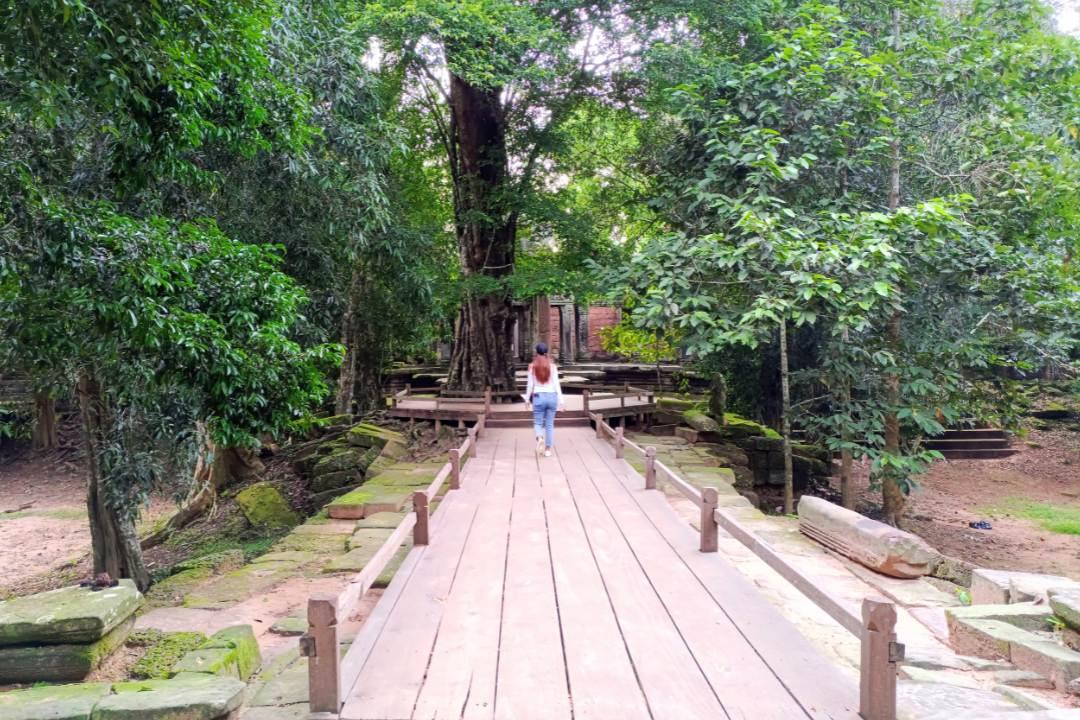
This isn’t just a fantasy – it’s the reality of the mystical ‘River of a Thousand Lingas’ and its surrounding temples in Cambodia.
Picture yourself standing on the banks of a river, its waters cascading over countless stone carvings etched into the riverbed beneath your feet.
These aren’t just any carvings – they’re ancient Hindu symbols, each with a profound spiritual significance, created over a thousand years ago by skilled artisans of the Khmer Empire.
As you explore further, you’ll discover temples that seem to defy time itself, their walls adorned with intricate bas-reliefs and their courtyards echoing with the whispers of history.
But this journey isn’t just about seeing incredible sights. It’s about connecting with a rich cultural heritage, unraveling the mysteries of an ancient civilization, and experiencing the profound spirituality that still permeates these sacred sites.
From the pink sandstone beauty of Banteay Srei to the jungle-embraced ruins of Ta Prohm and the sunset-kissed towers of Pre Rup, each stop on this adventure promises to leave you breathless and inspired.
Quick Guide to the River of a Thousand Lingas and the Temples on this Route
- River of a Thousand Lingas (Kbal Spean): A sacred river with ancient Hindu carvings etched into the riverbed, located in the Phnom Kulen National Park.
- Banteay Srei: Known as the “Citadel of Women,” this 10th-century temple is renowned for its intricate pink sandstone carvings and delicate beauty.
- Ta Prohm: Famous for its jungle-engulfed ruins and massive tree roots growing over the temple structures, offering a unique blend of nature and ancient architecture.
- Pre Rup: A temple-mountain known for its beautiful sunset views and brick construction, representing the sacred Mount Meru in Hindu cosmology.
- Best Time to Visit: Early morning for the River of a Thousand Lingas, mid-morning for Banteay Srei, early afternoon for Ta Prohm, and late afternoon for Pre Rup to catch the sunset.
- What to Bring: Comfortable walking shoes, lightweight clothing, sunscreen, insect repellent, and plenty of water.
- Photography Tips: Bring a wide-angle lens for temple interiors and a macro lens for detailed carvings. Don’t forget a tripod for low-light conditions in Ta Prohm.
- Cultural Etiquette: Dress modestly, covering shoulders and knees. Remove shoes before entering temple sanctuaries. Be respectful of monks and local worshippers.
- Local Guides: Hiring a knowledgeable local guide can greatly enhance your experience, providing historical context and helping you navigate the sites.
- Conservation Efforts: Learn about ongoing preservation projects and how you can contribute to protecting these ancient treasures for future generations.
- Accessibility: While some sites are easily accessible, others like the River of a Thousand Lingas require a short hike. Consider your fitness level when planning your itinerary.
Editor’s Note: This article was last updated on July 31, 2024, by our team of local Siem Reap experts. We continuously strive to provide the most accurate and up-to-date information to ensure you have the best possible experience exploring these ancient wonders.
The Enigmatic River of a Thousand Lingas
Let’s kick things off with the star of our show – the River of a Thousand Lingas, also known as Kbal Spean. This isn’t your average river, folks. Picture this: you’re trekking through the lush jungle of Phnom Kulen National Park, the sounds of exotic birds and rustling leaves filling your ears. Suddenly, the forest opens up, and there it is – a river unlike any you’ve seen before.
The riverbed is literally carved with thousands of lingas – symbolic representations of the Hindu god Shiva. These aren’t just random doodles; we’re talking about intricate, purposeful carvings that have survived for over a thousand years. It’s like Mother Nature and ancient artists got together and decided to create the world’s most impressive rock art gallery.
But here’s the kicker – these carvings aren’t just for show. The ancient Khmer people believed that by carving these symbols into the riverbed, they were sanctifying the water that flowed over them. This blessed water would then flow downstream to the great temples of Angkor, purifying and empowering the entire kingdom. Talk about a creative irrigation system!
As you carefully make your way along the riverbank, you’ll spot all sorts of carvings. There are the phallic-shaped lingas, often paired with their female counterparts, the yonis. You’ll see depictions of Hindu gods lounging on the rocks as if they’re at a celestial beach party. And if you’re lucky, you might even spot some of the more unusual carvings, like the reclining Vishnu or the footprints of Shiva.
Now, I know what you’re thinking – “This sounds amazing, but how do I actually get there?” Well, my friend, that’s where the adventure really begins. The River of a Thousand Lingas isn’t exactly a drive-thru attraction. You’ll need to embark on a bit of a hike to reach this hidden gem.
The trail starts at the base of Phnom Kulen mountain, and it’s about a 1.5 km trek to reach the river. Don’t worry, though – you don’t need to be Bear Grylls to handle it. The path is well-maintained, and there are plenty of spots to catch your breath and soak in the jungle vibes. Just make sure you wear some sturdy shoes and bring plenty of water. Trust me, you’ll want to stay hydrated for all the jaw-dropping moments ahead.
Once you reach the river, take your time exploring. The carvings stretch for about 150 meters along the riverbed, so there’s plenty to discover. And here’s a pro tip: visit during the dry season (December to April) when the water level is lower. You’ll get a much better view of the carvings, and you might even be able to walk on some of the rocks for a closer look.
As you stand there, water rushing over ancient stone beneath your feet, it’s hard not to feel a sense of awe. This isn’t just a pretty river – it’s a testament to human creativity, spiritual devotion, and the incredible legacy of the Khmer Empire. It’s a place where history, art, and nature collide in the most spectacular way.
So, are you ready to take the plunge and explore the River of a Thousand Lingas?
Trust me, it’s an experience that’ll stick with you long after you’ve left Cambodia. Just don’t blame me if you find yourself daydreaming about jungle adventures and ancient mysteries for weeks afterward!
Banteay Srei: The Crown Jewel of Khmer Art
Now, let’s shift gears and talk about Banteay Srei, the temple that’s often called the “Crown Jewel of Khmer Art”. And let me tell you, folks, this place lives up to the hype – and then some.
Picture this: you’ve just spent the morning exploring the River of a Thousand Lingas, your mind buzzing with images of ancient carvings and rushing water. You think you’ve seen it all, right? Wrong. Because as you approach Banteay Srei, you’re about to have your socks knocked off all over again.
First things first – Banteay Srei isn’t your typical temple. While many Angkorian temples are all about size and grandeur, Banteay Srei takes a different approach. It’s relatively small, but what it lacks in size, it more than makes up for in sheer, jaw-dropping beauty.
The moment you lay eyes on it, you’ll understand why it’s often called the “Citadel of Women” or “Citadel of Beauty”. The temple is constructed from pink sandstone, which gives it a warm, almost rosy glow in the sunlight. But it’s not just the color that’ll catch your eye – it’s the intricate, impossibly detailed carvings that cover nearly every surface.
We’re talking about carvings so fine and delicate that they look like they were crafted by a master jeweler rather than a stone carver. Seriously, some of these reliefs are so detailed you’ll find yourself wondering if the ancient Khmer had access to laser cutting technology. (Spoiler alert: they didn’t. They were just that good.)
As you wander through the temple complex, you’ll encounter scenes from Hindu mythology carved into the walls. Gods and demons locked in epic battles, celestial nymphs dancing gracefully, and mystical beasts guarding the temple entrances. Each carving tells a story, and trust me, you’ll want to take your time to soak it all in.
One of the coolest things about Banteay Srei is how well-preserved it is. Despite being one of the oldest temples in the Angkor region (it was built in the 10th century, folks!), many of its carvings look like they could have been carved yesterday. It’s like stepping into a time machine and seeing Khmer art at its absolute peak.
Now, I know some of you history buffs out there might be wondering about the story behind this place. Well, buckle up, because Banteay Srei’s history is as fascinating as its architecture.
Unlike many of the grand temples of Angkor, Banteay Srei wasn’t built by a king. Nope, this beauty was commissioned by a Brahmin priest named Yajnavaraha, who served as a counsellor to King Rajendravarman II. The temple was dedicated to the Hindu god Shiva, and its name “Banteay Srei” actually means “Citadel of the Women” or “Citadel of Beauty” in Khmer.
There’s been a lot of speculation about why it’s called the Citadel of Women. Some think it’s because of the delicate beauty of the carvings, while others believe it might have been built to honor the priest’s female relatives. Whatever the reason, one thing’s for sure – this place is drop-dead gorgeous.
As you explore, keep an eye out for some of the temple’s standout features. The central towers with their intricate tiered roofs are a sight to behold. And don’t miss the famous pediments featuring scenes from Hindu epics like the Ramayana. My personal favorite is the north library pediment showing the demon Ravana shaking Mount Kailasa – it’s like an action movie frozen in stone!
Here’s a pro tip: visit Banteay Srei in the early morning or late afternoon. The soft light at these times really brings out the pink hues of the sandstone and makes those intricate carvings pop. Plus, you’ll beat the worst of the heat and the crowds. Win-win!
Oh, and don’t forget to bring your camera. Banteay Srei is a photographer’s dream, with its warm colors and intricate details. Just remember to be respectful – this is still an active religious site, after all.
As you leave Banteay Srei, take a moment to reflect on what you’ve seen. This isn’t just a pretty building – it’s a masterpiece of Khmer art, a window into an ancient civilization, and a testament to human creativity and devotion.
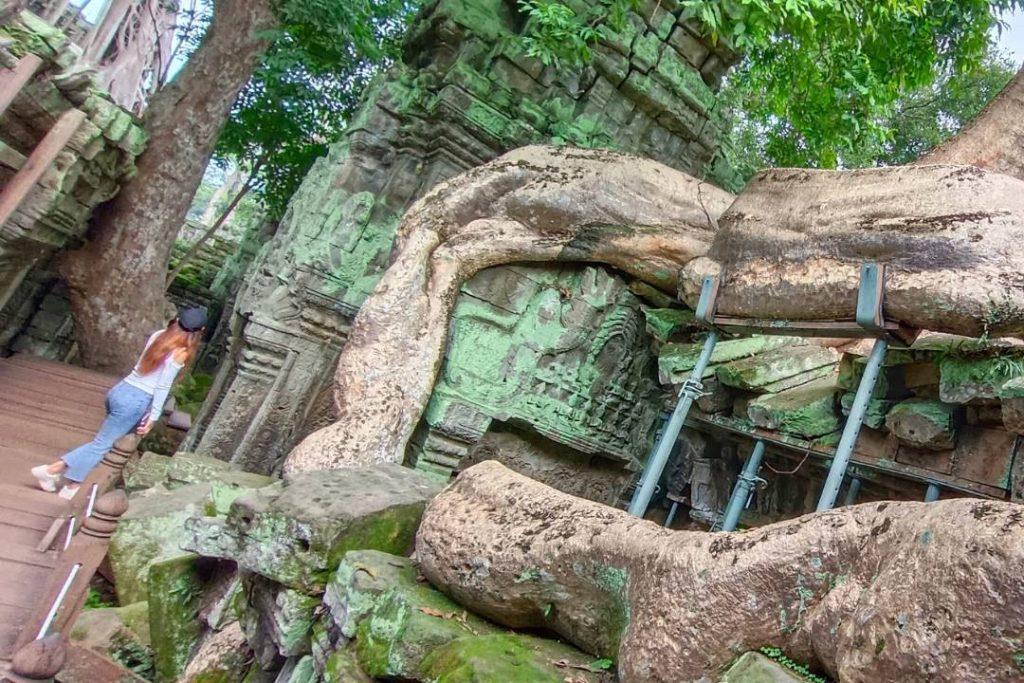
Ta Prohm: Where Nature Meets Ancient Architecture
Alright, folks, buckle up because we’re about to dive into one of the most iconic and downright cool temples in all of Cambodia – Ta Prohm. If Banteay Srei is the beauty queen of Angkor, then Ta Prohm is the mysterious, jungle-draped rockstar.
Picture this: you’re walking through a dense jungle, the air thick with humidity and the chirping of exotic birds. Suddenly, the trees part, and there it is – a massive stone temple, its walls and towers wrapped in the giant roots of centuries-old trees. It’s like something out of an Indiana Jones movie, only this is 100% real.
Ta Prohm is famous for its unique “abandoned to the jungle” look. While many of the temples in the Angkor complex have been carefully restored, Ta Prohm was intentionally left in a semi-ruined state. The result? A mind-blowing blend of ancient architecture and the raw power of nature.
As you explore the temple, you’ll find yourself ducking under massive tree roots that seem to pour over the walls like some kind of woody waterfall. These aren’t just any trees, by the way. We’re talking about giant strangler figs and silk-cotton trees, some of which are hundreds of years old. It’s like the trees and the temple are locked in this epic, centuries-long wrestling match, and honestly, it’s hard to tell who’s winning.
Now, let’s talk about the temple itself. Ta Prohm was built in the late 12th century by King Jayavarman VII, the same guy who gave us the famous Bayon temple with all those giant stone faces. It was originally called Rajavihara, which means “Monastery of the King”, and it was dedicated to the king’s mother. Talk about a Mother’s Day gift, right?
In its heyday, Ta Prohm was more than just a temple – it was a bustling monastic complex and centre of learning. We’re talking about a place that housed over 12,500 people, including 18 high priests and 615 dancers. The walls were adorned with gold, pearls, and silks, and precious stones were embedded in the temple itself. It must have been quite a sight!
As you wander through the complex, keep an eye out for some of Ta Prohm’s standout features. The famous “Tomb Raider tree” (yes, parts of the movie were filmed here) is a must-see. It’s a massive strangler fig that seems to be devouring one of the temple’s courtyards. Trust me, it’s even more impressive in person than it is on screen.
Another cool feature to look out for are the devatas, or female divine beings, carved into the walls. These stone ladies have stood guard over Ta Prohm for centuries, their serene expressions a stark contrast to the wild tangle of roots and stones around them.
One of the things I love about Ta Prohm is how it changes throughout the day. Visit in the early morning, and you might find the temple shrouded in mist, giving it an extra layer of mystery. Come at midday, and you’ll see shafts of sunlight piercing through the jungle canopy, creating a magical play of light and shadow. And in the late afternoon, the whole place takes on a golden glow that’s just begging to be photographed.
Speaking of photography, Ta Prohm is a shutterbug’s paradise. The interplay of light, stone, and jungle creates endless opportunities for stunning shots. Just remember to be patient – you might have to wait a bit to get that perfect, tourist-free shot of the famous tree-covered ruins.
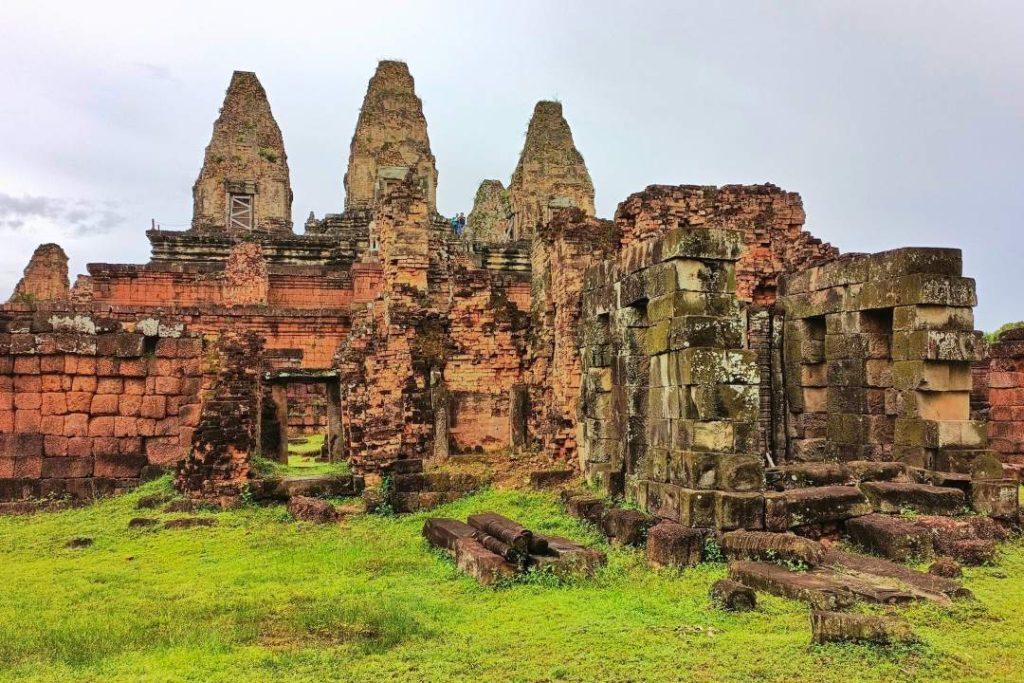
Pre Rup: Sunset Splendor and Ancient Majesty
Alright, folks, we’ve explored the river carvings, marveled at intricate pink sandstone, and gotten lost in a jungle temple. But our Angkor adventure isn’t over yet. It’s time to talk about Pre Rup, the temple that’s going to give you serious #SunsetGoals.
Picture this: you’ve had a full day of temple-hopping, your camera’s memory card is bursting with photos, and you’re wondering if you can possibly squeeze in one more stop. Trust me, you can, and you should – because Pre Rup at sunset is the kind of experience that turns a great day into an unforgettable one.
Pre Rup is what’s known as a temple-mountain, built to represent the sacred Mount Meru of Hindu cosmology. It was constructed in the 10th century by King Rajendravarman II, the same guy who built the East Baray reservoir. (Clearly, he was a man who liked to think big!)
As you approach Pre Rup, the first thing you’ll notice is its imposing silhouette. We’re talking about five lotus-shaped towers rising from a pyramidal structure, all built from warm, reddish brick and laterite. It’s like someone took a child’s drawing of the perfect temple and brought it to life in stone.
Now, here’s where things get really cool. Pre Rup wasn’t just a temple – it was also likely the site of royal cremation ceremonies. In fact, the name “Pre Rup” means “turning the body” in Khmer, which refers to a cremation method. Pretty metal, right?
Here’s a fun fact for you: Pre Rup was actually part of a much larger complex in its heyday. It was surrounded by a moat and enclosure wall, with a series of long halls that might have been used as a royal palace. Today, most of those outer structures are gone, leaving the temple-mountain standing proud and solitary against the sky.
Planning Your Visit: Tips and Tricks for the Perfect Angkor Adventure
Alright, intrepid explorers, now that we’ve taken you on a whirlwind tour of some of Angkor’s most incredible sites, let’s talk logistics. After all, even Indiana Jones needed a good plan (and maybe a better hat).
First things first: timing is everything. The best time to visit these sites is during the dry season, which runs from November to April. You’ll have clearer skies, less rain, and lower water levels at the River of a Thousand Lingas, giving you a better view of those incredible carvings. However, keep in mind that this is also peak tourist season, so be prepared for crowds.
If you’re looking to beat the crowds (and don’t mind a bit of rain), consider visiting during the shoulder seasons of May-June or October-November. The landscapes will be lush and green, and you might even have some of the temples almost to yourself!
Now, let’s talk about the 1 Day Banteay Srei and Kbal Spean Tour. This is a fantastic option if you’re short on time but still want to hit the highlights. Most tours will start early in the morning (we’re talking sunrise, folks) to beat the heat and the crowds. You’ll typically visit the River of a Thousand Lingas first, followed by Banteay Srei, with stops at Ta Prohm and Pre Rup later in the day.
Here’s a pro tip: if you’re booking a tour, look for one that includes a knowledgeable local guide.
Trust me, having someone who can explain the history and significance of what you’re seeing will take your experience from “wow, cool ruins” to “holy cow, I feel like I’ve time-traveled!”
One more thing: remember to be a responsible traveler.
These sites are not just tourist attractions – they’re important historical and religious sites. Treat them with respect, follow any posted rules, and please don’t climb on the ruins or touch the carvings.
Featured
Explore more on My Siem Reap Tours
Koh Ker and Beng Mealea guided tour | Banteay Srei temple tour semi-private guided tour | Angkor Wat Sunrise shared tour | Koh Ker and Beng Mealea guided tour | Morning Siem Reap floating village tour | Afternoon Siem Reap floating village tour | Private Angkor Wat special tour | Kulen Waterfall small group guided Tour | Private Angkor Wat mix temples photo tour
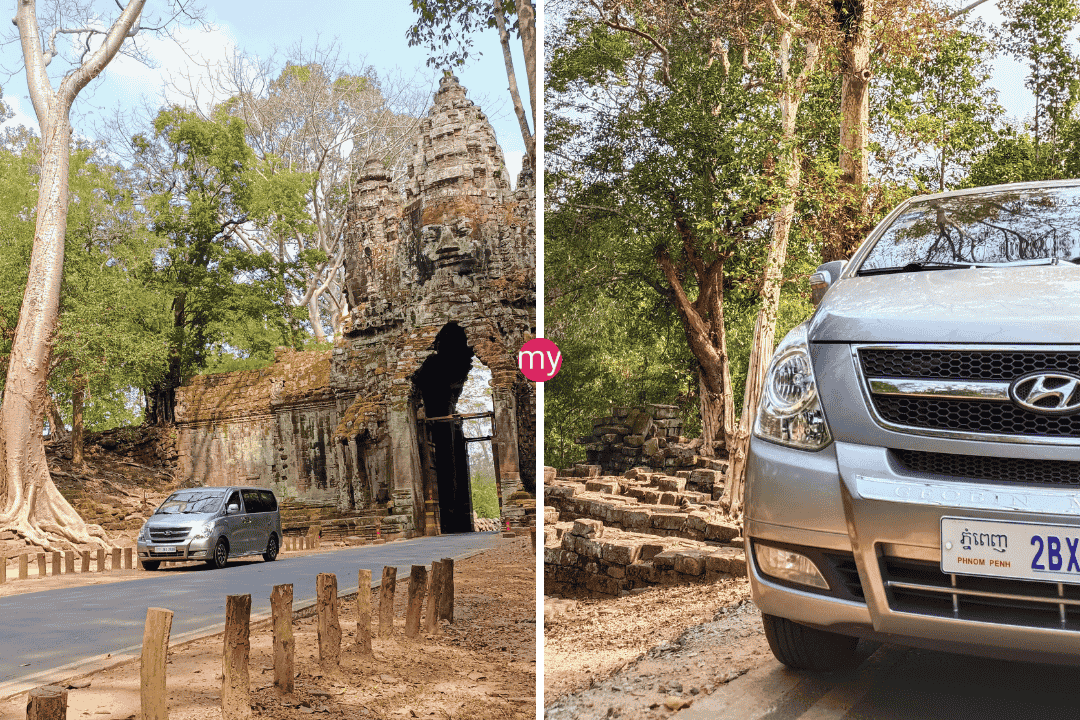
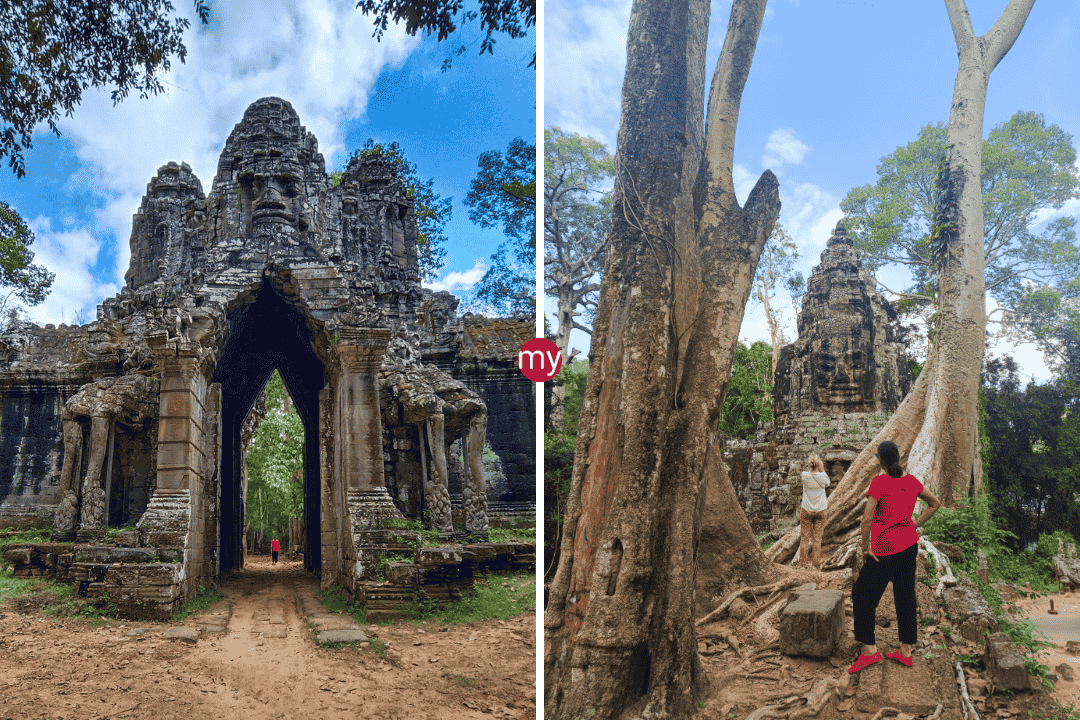
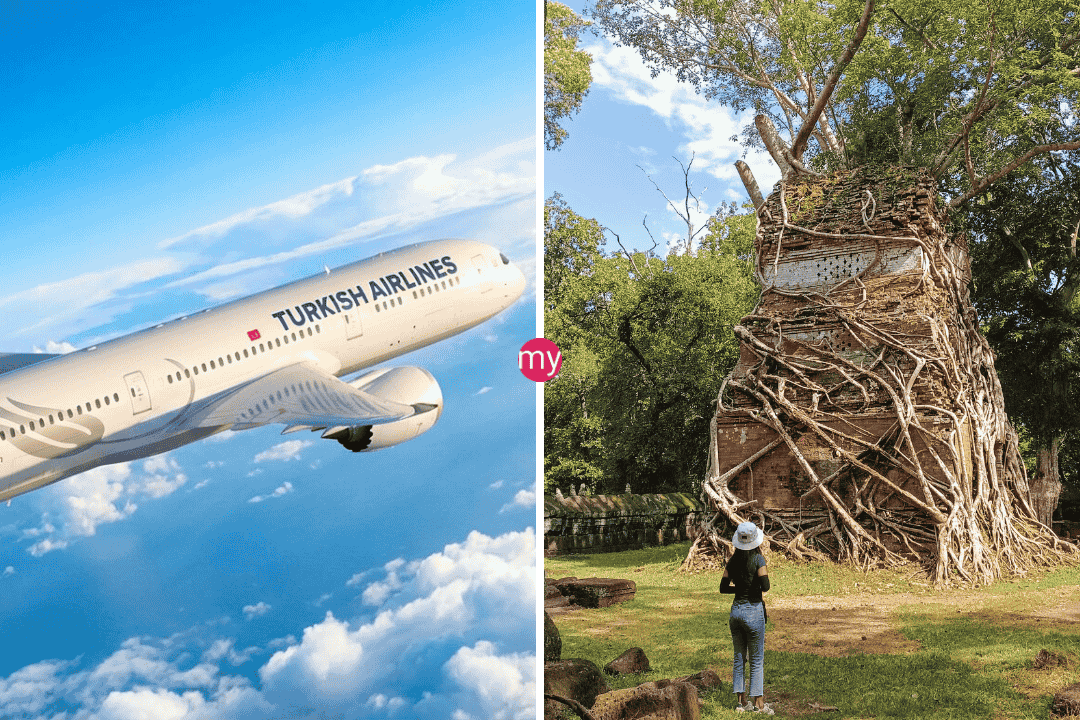
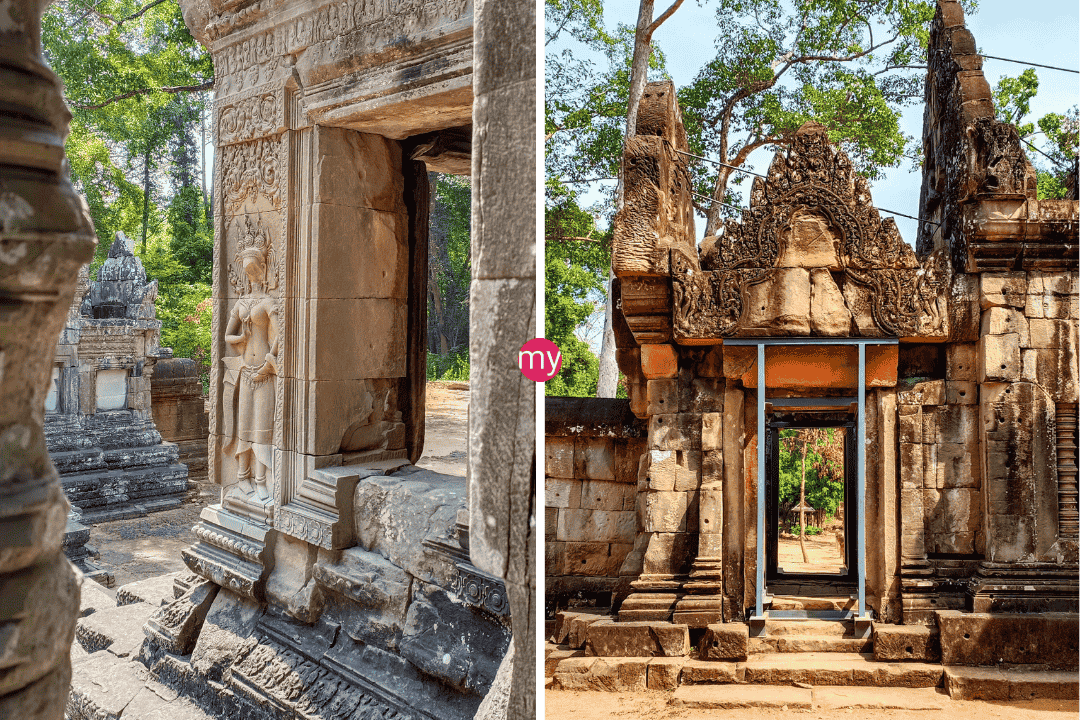
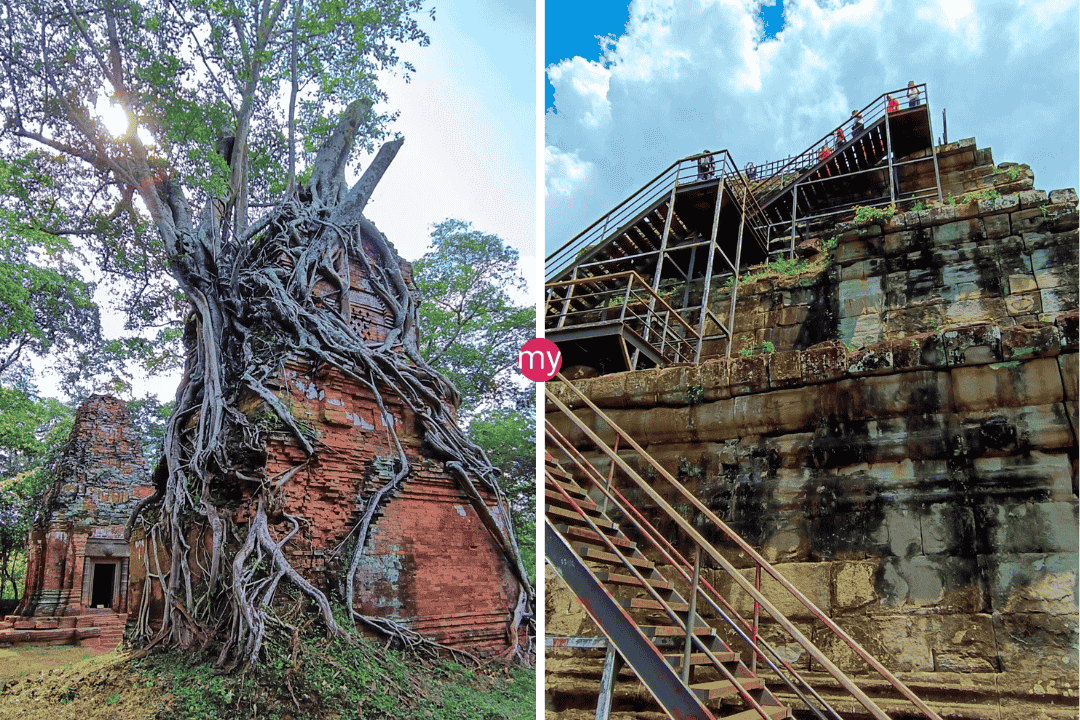
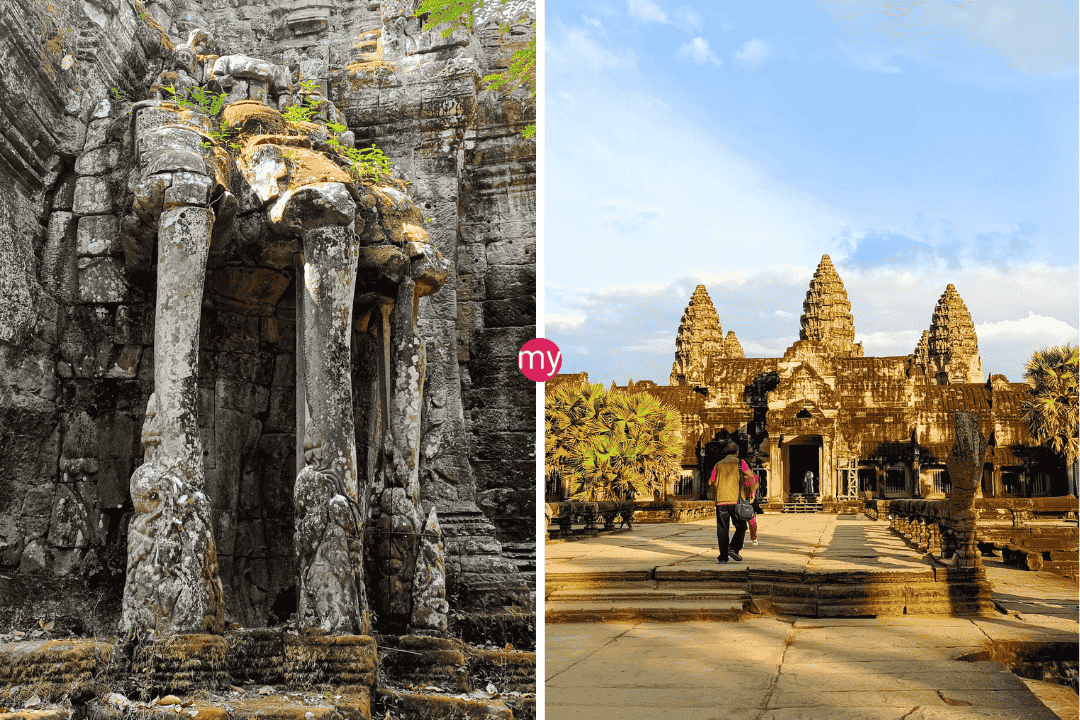
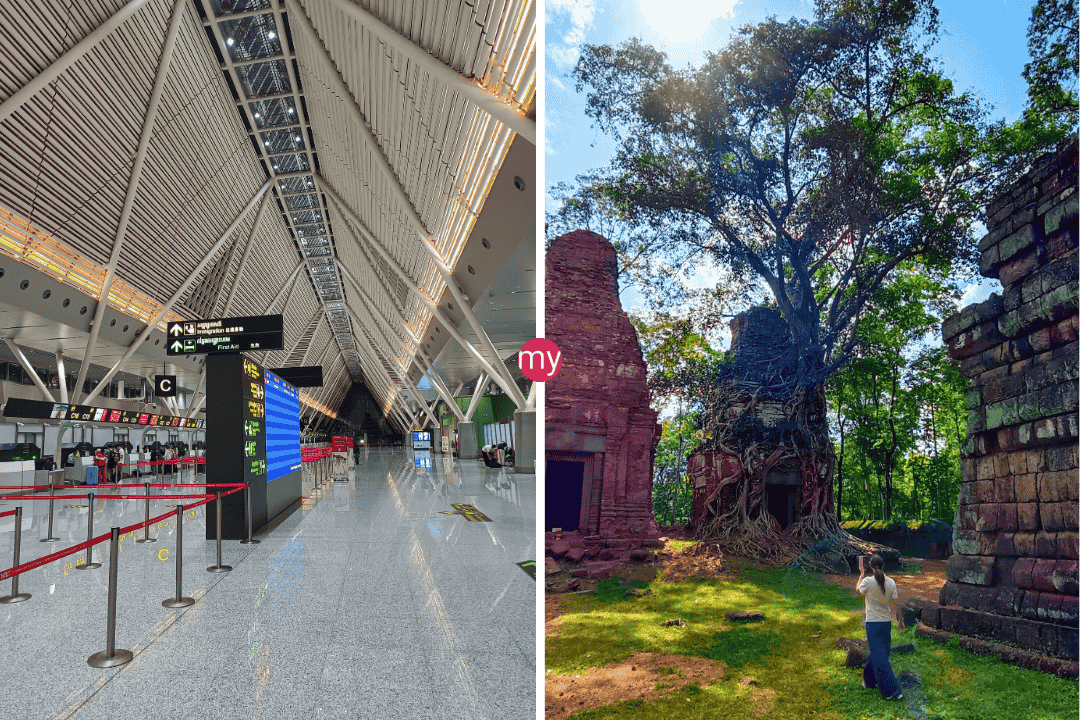
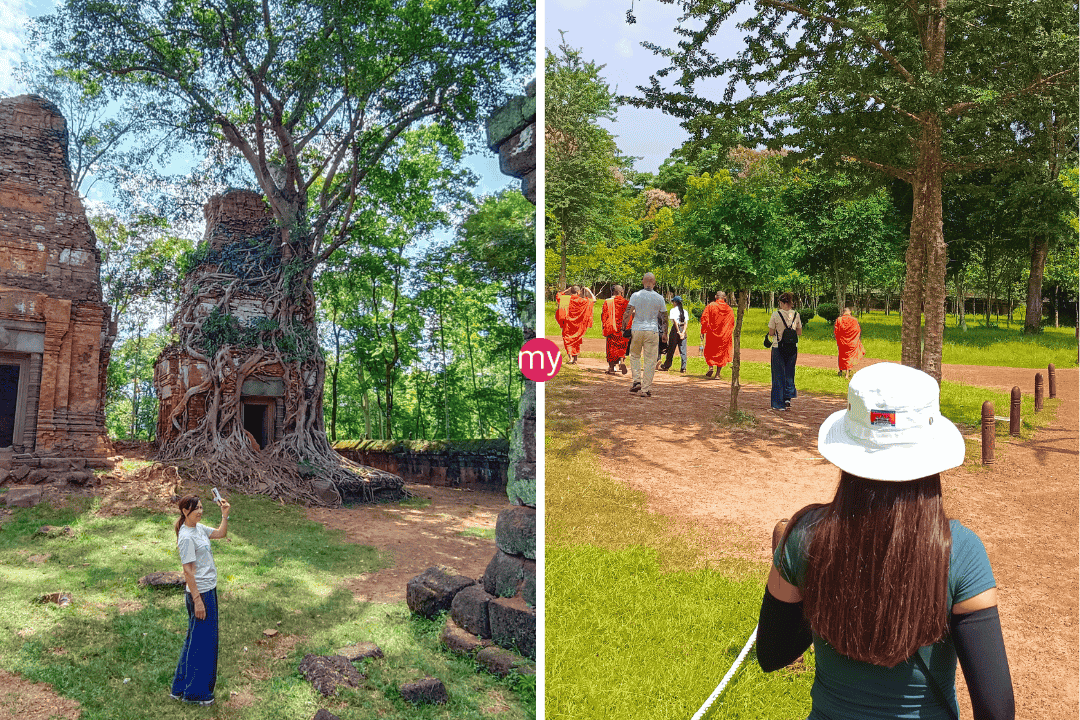
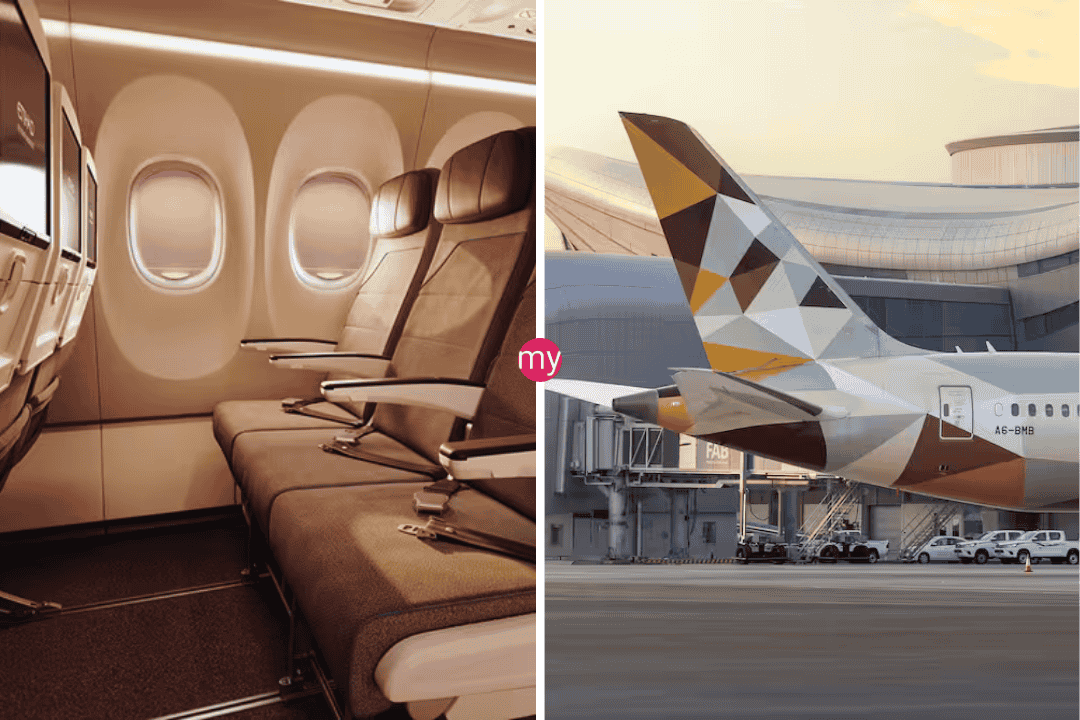
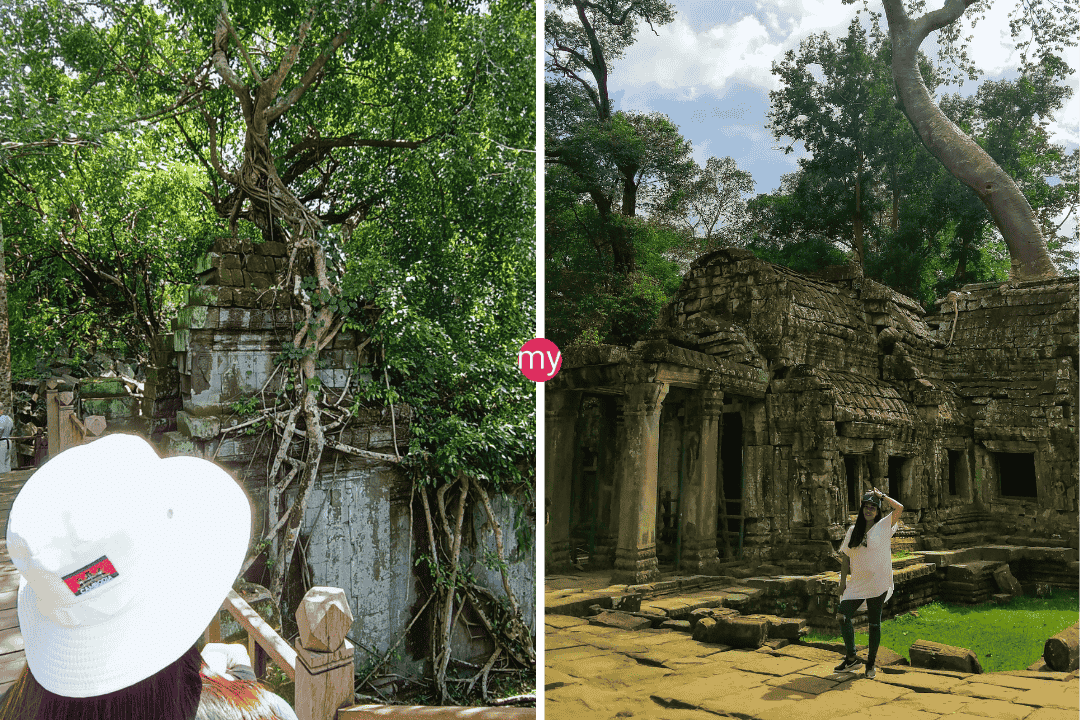
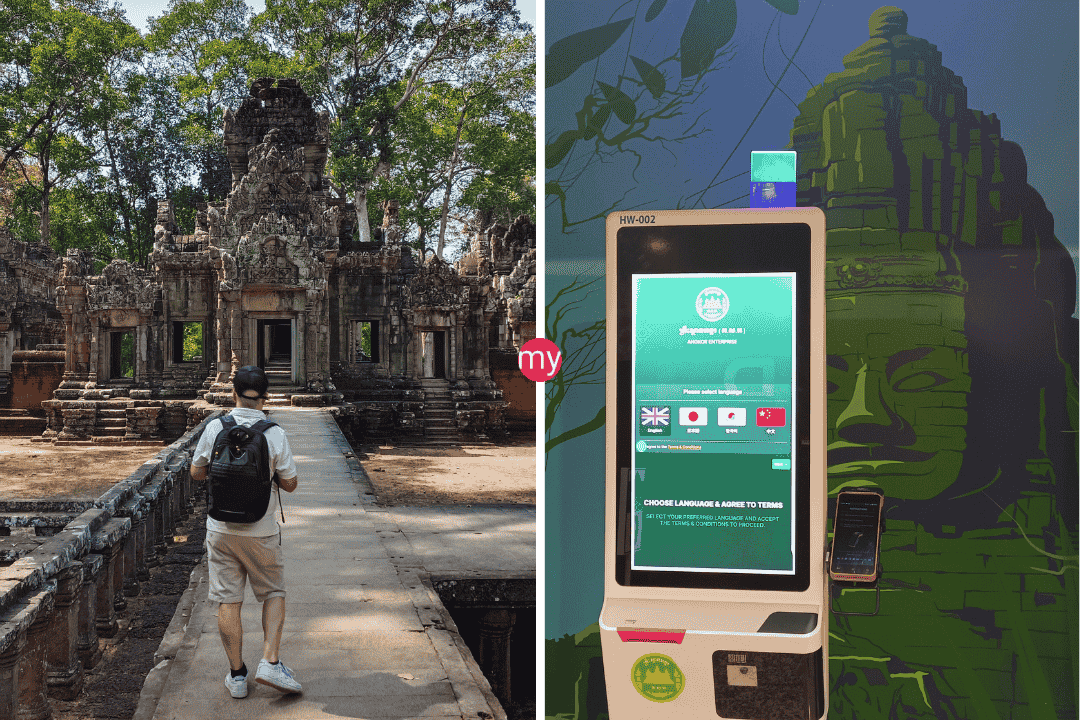
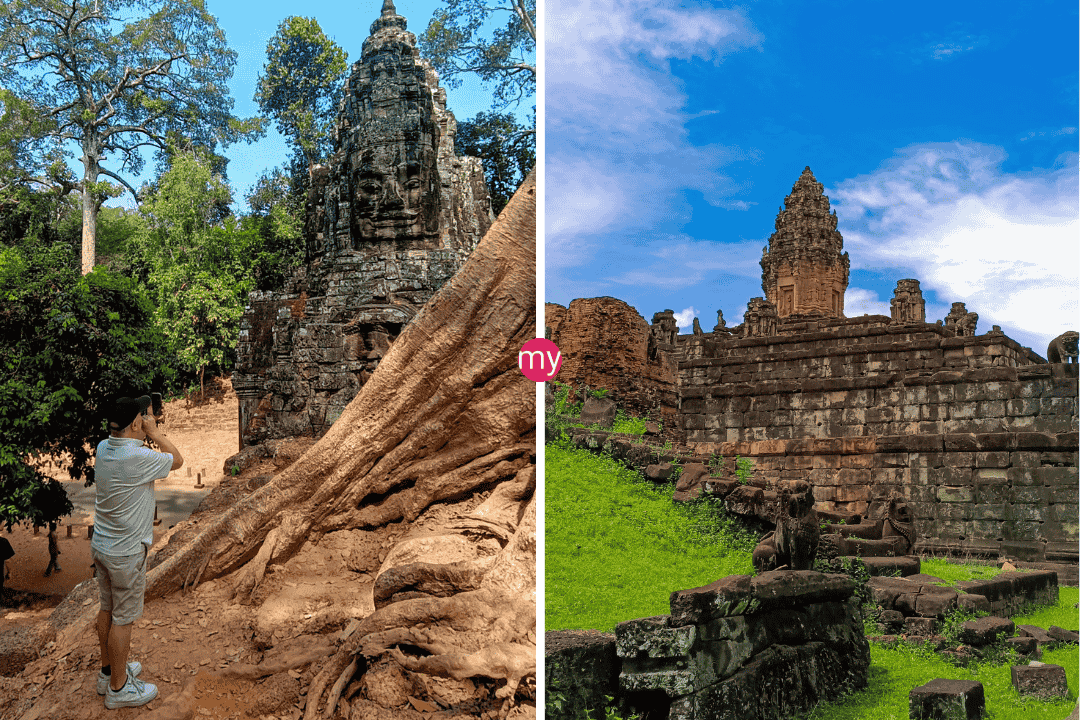
![Break one of these Angkor Temples Special Rules and your visit could end faster than you think [Plus Complete Opening Hours and Access Guide]](https://mysiemreaptours.com/wp-content/uploads/2025/09/Break-one-of-these-Angkor-Temples-Special-Rules-and-your-visit-could-end-faster-than-you-think-Plus-Complete-Opening-Hours-and-Access-Guide.png)
